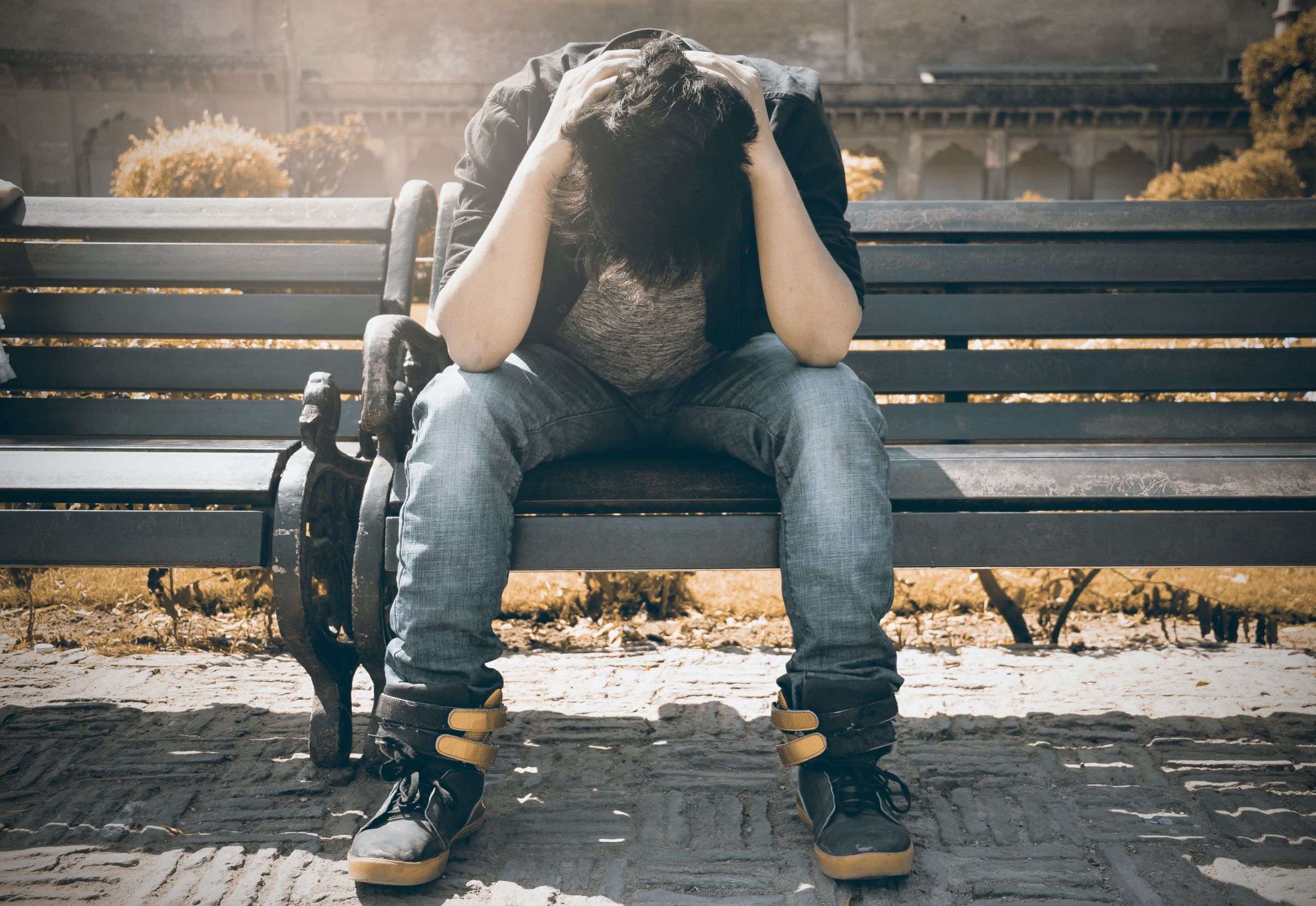Although self-harm behaviors are typically associated with girls and young women, boys and young men also experience self-injury in significant numbers. In fact, the effects can be even more devastating in males. The truth about self-harm among young men is important to uncover, particularly during Self-Harm Awareness Month.
Emotional Distress in Young Adult Men
Self-harm is not a mental illness itself, but self-harm behaviors indicate a need for better coping skills. These behaviors can include cutting, burning, or hair pulling. When someone hurts themselves on purpose, it is a sign of emotional distress. Self-harm may be associated with a mental illness such as depression, anxiety, eating disorders, borderline personality disorder, or post-traumatic stress disorder (PTSD).
The incidence of self-harm is more prevalent in teenagers and young adults, although anyone of any age can engage in self-injury. People at the highest risk are those who have experienced neglect, abuse, or trauma.
Self-Harm Among Young Men
The image of cutting or other self-harm behaviors tends to be associated with young white females. However, between 35 and 50 percent of self-injurers are male. The number has been difficult to pinpoint because male self-injuries are probably underreported or misrepresented. While females are more likely to engage in cutting, males are more prone to bruise themselves, have others hurt them, or hurt themselves while using drugs or alcohol.
The reasons behind the behaviors differ somewhat between females and males also. Research has found that self-injury is associated with depression and anxiety in similar ways for both males and females. Differences lie in areas such as spirituality concerns, borderline personality disorder symptoms, drug use, and sexual assault, which are primarily associated with females, and substance use disorder, associated more with males.
Research has also found an association between self-harm behaviors and physical aggression among males. Females who engage in self-harm behaviors may exhibit anger, hostility, and verbal aggression, but not necessarily physical aggression.
Self-Harm and Suicide
The act of self-harm is not always a suicide attempt, but the actions and mental status of young men who engage in these behaviors may be a strong predictor of later suicide attempts. One study of 1,466 students at colleges in the US over a three-year period found that those individuals who self-injured at the beginning of the study and who did not report suicidal thoughts or plans at the time, but then engaged in 20 or more self-injuring behaviors, were 3.4 times more likely to have attempted suicide by the end of the study.
Men commit suicide at higher rates than women. In 2018, the suicide rate among men was 3.7 times higher than among women. The total suicide rate in the US has increased 35% from 1999 to 2018.
Men and Treatment for Self-Harm
One of the reasons that self-harm may be more typically identified with women than with men is that men are less willing to report their behavior or to seek treatment for it. The truth about self-harm among young men is that treatment is critical to address their mental health and physical health, to help them develop healthier coping skills, and to reduce the likelihood of suicide.
Research studies regarding self-harm and gender have been limited, as few have examined clinical populations. Females significantly outnumber males in clinical populations, as males feel more of a stigma around seeking mental health treatment in general and treatment for self-harm in particular.
In clinical studies, it has been found that females report an earlier age of onset than males, but males report higher self-injury frequency each day with greater pain intensity. Men have also reported a lower intensity of emotions before and after they self-harm.
Help for Young Men at PACE
Contrary to what many people may believe, asking for help is actually a sign of strength. If you have been engaging in self-harm behaviors, particularly if you are also dealing with an addiction to drugs or alcohol, it is time to reach out to the professionals at PACE Recovery. We optimize your recovery success with integrated treatment that will address both your mental health and substance use issues. We address your whole person, including your spiritual, medical, psychosocial, and relational facets.
At PACE, we understand the challenges you are facing during this period of isolation and uncertainty. We’re here to help. Our men’s-only programming has transformed hundreds of lives over the years, and we believe that you can recover. To learn more about our mental health and addiction services, contact our Admissions team.



